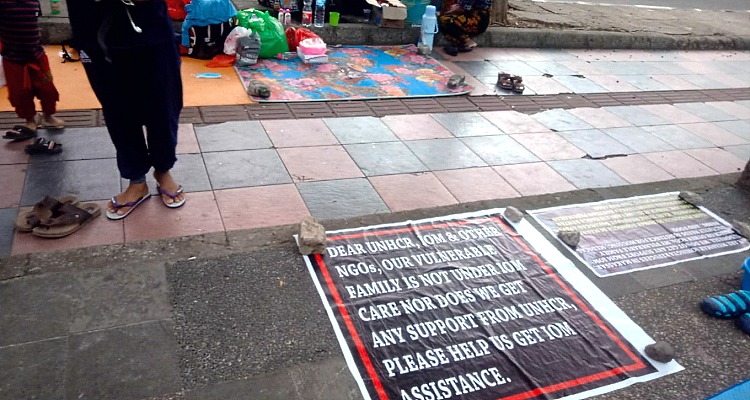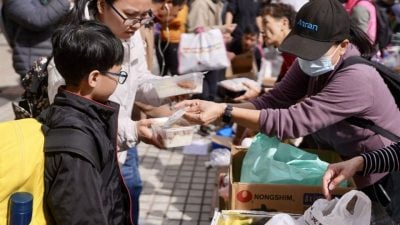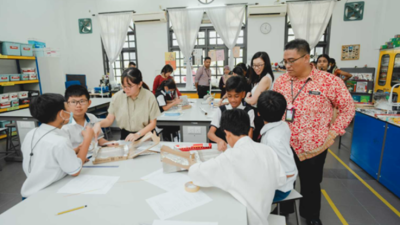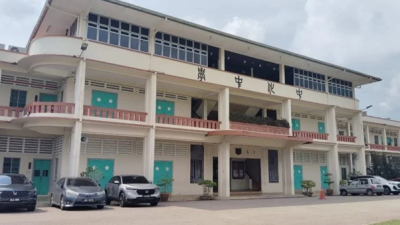Gender-based violence (GBV) against women and children occurs under a variety of circumstances, including disasters.
Women and children are especially vulnerable to violence in situations where they should be more protected from all forms of violence.
A disaster is defined as a serious disruption in the functioning of a community or society that causes human, material, economic and environmental losses and impacts that exceed the affected community’s ability to overcome them.
According to Disaster Mitigation Law No. 24/2007, disasters are classified into three types: natural, non-natural and social.
Natural disasters are those caused by natural events such as earthquakes, tsunamis, volcanic eruptions, floods, droughts, hurricanes and landslides.
Non-natural disasters are those that occur as a result of non-natural events or chains of events, such as technological failures, modernization failures, epidemics and disease outbreaks.
Social disasters are disasters human-caused events such as social conflicts between groups or communities and terrorism.
At disaster events, GBV incidents are not specifically recorded. However, the Women’s Empowerment and Child Protection Ministry reported 57 cases of GBV, ranging from domestic violence to rape, in the aftermath of the September 2018 disaster in Palu, Central Sulawesi. Unfortunately, the data is no longer subdivided by age group.
There was no data specifically for GBV in other major disasters in Indonesia, such as the tsunami in Banten and the eruption of Mount Sinabung.
In the case of the 2004 Special Region of Aceh tsunami, in particular, we can see documentation of the crime of trafficking in persons, especially children. However, there is no GBV data.
However, we have heard stories that there were many women and children who experienced sexual violence while in refugee camps.
According to data from the Central Sulawesi Regional Technical Implementation Unit for Women and Child Protection (UPTD PPA), the number of incidents of violence against women and children increased following a disaster.
We should learn from the disasters that have occurred in Indonesia and elsewhere.
The government and other disaster-mitigation parties should pay more attention to the special needs of women and children.
Even though it is difficult to prepare infrastructure that is safe and comfortable for women and children in an emergency, it is imperative that we provide it for their own safety.
Wahana Visi Indonesia, in collaboration with eight humanitarian organisations, collected data on the initial condition of the refugees in 35 villages affected by the recent earthquake in Cianjur, West Java.
Approximately 88 percent of respondents said that there had been no separate toilet facilities for men and women during the evacuation.
Furthermore, 81.36 percent stated there had been no private room for married couples to change clothes or sleep in the shelter.

Those findings may pave the way for acts of GBV during the evacuation period. For example, with no separation of shared facilities, women are uncomfortable and risk sexual violence ranging from harassment to rape.
Women and children are becoming increasingly vulnerable to security and safety threats especially from those who have not been sensitized by efforts to abolish GBV.
Learning from the Cianjur quake, capacity-building efforts for communities, local NGOs and communities are needed to strengthen community resilience and capacity in dealing with disasters.
In our post-disaster community programs in Jakarta and Tangerang, which focused on women’s groups and young women, we discovered stories about how women and girls experienced disasters within disasters.
Already victims of disasters (flooding and fire), they were moreover subjected to violence in the refugee camps.
Indeed, floods and fires are the most common natural disasters in both areas.
The evacuation time is quite short, between one and three days. Even with such a short period of evacuation, women and girls are still at risk of sexual violence.
What exactly is going on? Even in situations where people should be helping each other, there are those who exploit the vulnerabilities of women and children and turn them into easy prey.
The government and disaster-relief organisations must be aware of this vulnerability.
Disasters are often responded to in the current state by focusing on basic needs such as clothing, food, medicines and shelter, so we forget protection of women and children from sexual violence.
Providing a complaint service specifically for this purpose is the simplest effort, but it frequently goes unnoticed.
It is critical to establish a sexual-violence complaint service because we understand that not all victims of sexual violence have the courage to report their experiences.
If the disaster-mitigation agency lacks the ability to protect the vulnerable groups, it can involve outside parties while continuing to increase the capacity of the disaster victims so that one day they will be able to help others in times of disaster.
Many people seem to believe that victims will quickly forget GBV cases they endured. But many studies, including those conducted by the National Sexual Violence Resource Center in 2021, show that victims might very well face long-term consequences.
Efforts to eliminate gender inequality and injustice to victims, particularly women and girls, are collaborative efforts that must be sustained.
Each party has a specific role to play. Coalitions of organisations, communities, service providers and decision-makers must all share a common understanding and be willing to work together.
We can prevent GBV by beginning to collect disaggregated data in order to tailor support or assistance to the needs of each group.
We must also respond to GBV by establishing reporting and follow-up mechanisms to assist victims.
ADVERTISEMENT
ADVERTISEMENT








































